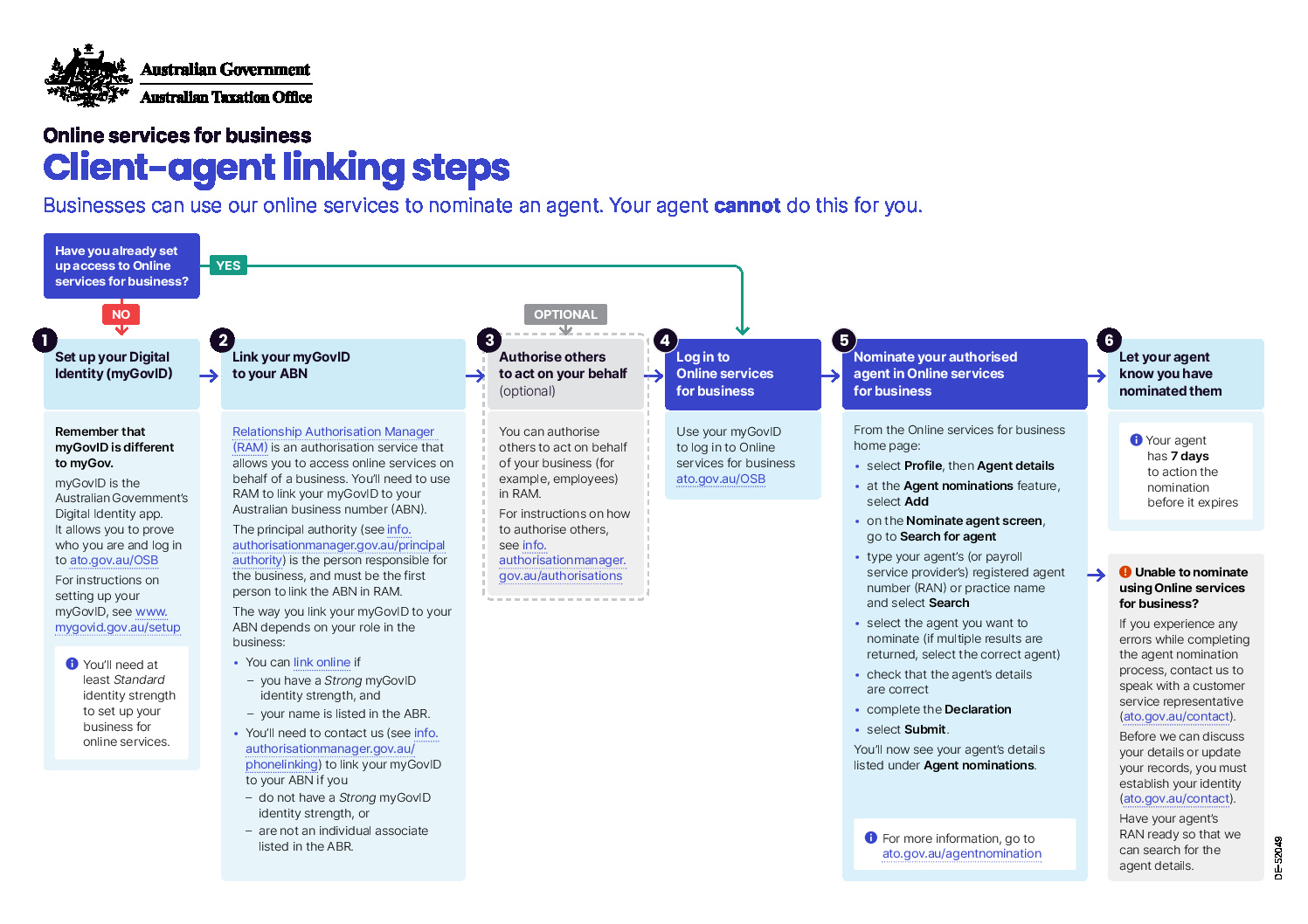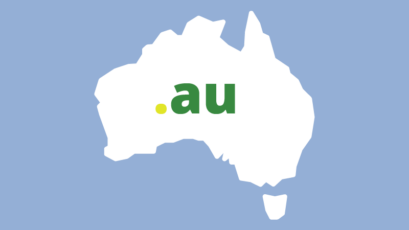How many super accounts do you have? Two? Three? Four? It’s easy to accumulate multiple super accounts, especially if you have had many different jobs over your working life. According to the ATO, 14.8 million Australians have a super fund account. Approximately 40% of these people have more than one super account (as at 30 June 2017).
Many of these accounts become “lost” over time, as people change address or change their name etc. This is why it is so important to make sure that you provide your TFN when opening a super account, as the ATO will use it to locate and consolidate super of any of your funds that become lost.
Consolidating super via the ATO service in MyGov
If you have a MyGov account and have provided your TFN to any previous super accounts, you can locate any lost super by linking the ATO service in MyGov, and then consolidating all of these accounts into one fund.
Why should I consolidate super?
The more super accounts you have, the harder it is to keep track of them all. It also means you could be unnecessarily paying two or three sets of fees and/or insurance premiums, which erodes your precious super balance. Consolidating your accounts could also save you some administration headaches – only one statement to file each year instead of three!
Having all your super in one place means that you know exactly what fees etc that you are paying and can see your whole super balance at a glance, making it easier for you to keep track of and giving you some peace of mind. Consolidating your super accounts is also quick and easy to do!
A new year or a change in jobs could be a good time to consolidate your super accounts, but it’s crucial to weigh up the pros and cons of each of your accounts carefully before closing any of them.
Below are some key points to consider before consolidating super:
-
- Fees – all super accounts have associated fees and charges, however some accounts are obviously more expensive than others. Look out for hidden charges such as contribution fees, exit fees, investment performance fees etc. But remember that cheaper doesn’t always mean better!
-
- Insurance – you may be able to access better insurance cover in another fund, however it’s important to note that if you have any underlying medical issues it may be difficult to get new cover. As above, remember that cheaper doesn’t always mean better!
-
- Performance – look at how the underlying investments have performed against their nominated benchmark. Past performance is not an indicator of future performance however it will give you an idea of how sensibly the investments are managed.
-
- Services and features – contrary to what you might think, not all funds offer the same services and features. It’s a good idea to check that a fund offers the things you are looking for.
-
- Choice of fund – check that your employer will actually let you choose your super fund. Some employers such as universities have a default fund that all employees must use.
-
- Type of fund – if your super fund is an older product such as a defined benefit, you may actually be unable to leave that fund.
-
- Employer contributions – once you have decided on a fund, make sure you let your employer know you are changing superannuation funds, so they can pay your compulsory super guarantee contributions to your chosen fund. It’s also a good idea to give your employer a heads up before you change funds, in case they are about to make a contribution into a fund that you are closing.
Of course, this is just a guide to get you thinking carefully before making any changes to your super funds. Always read the relevant Product Disclosure Statement before making a decision, or even better, contact the fund directly.
For help consolidating your super accounts or assistance with choosing a super fund, contact Quill Group today!














